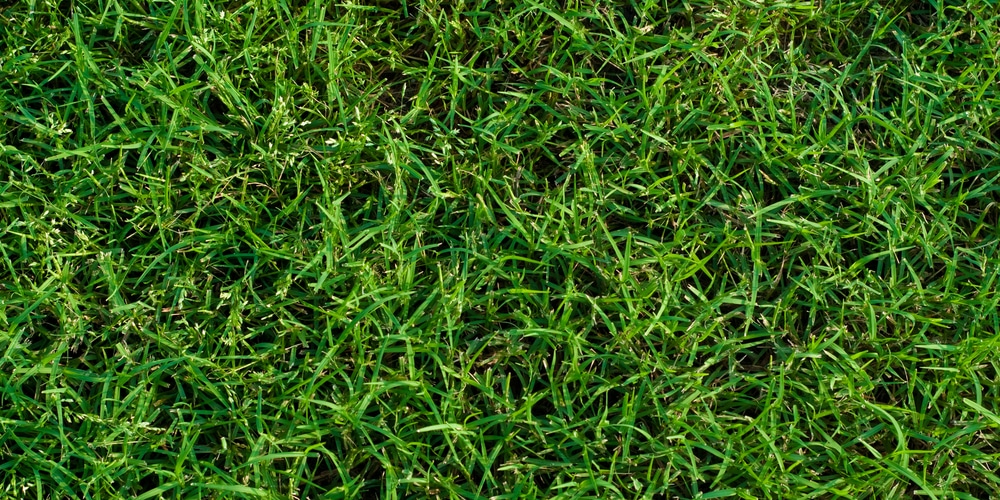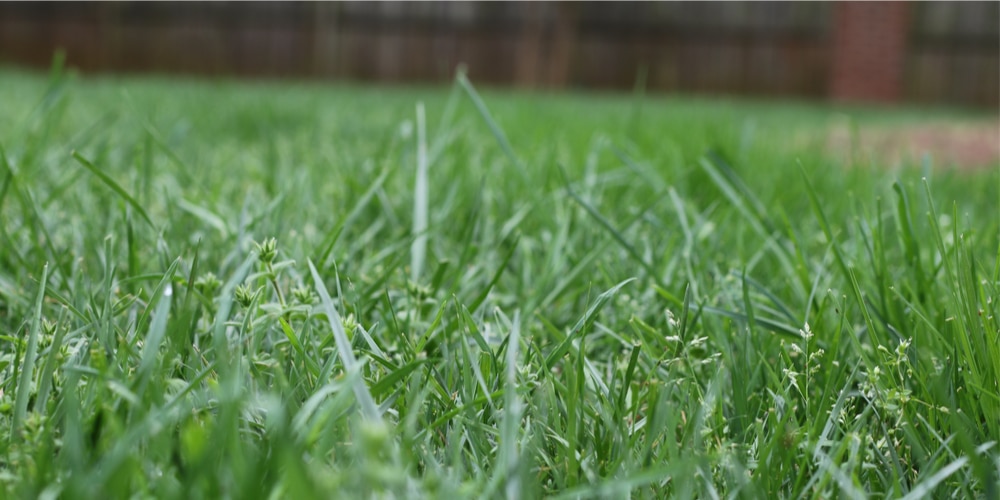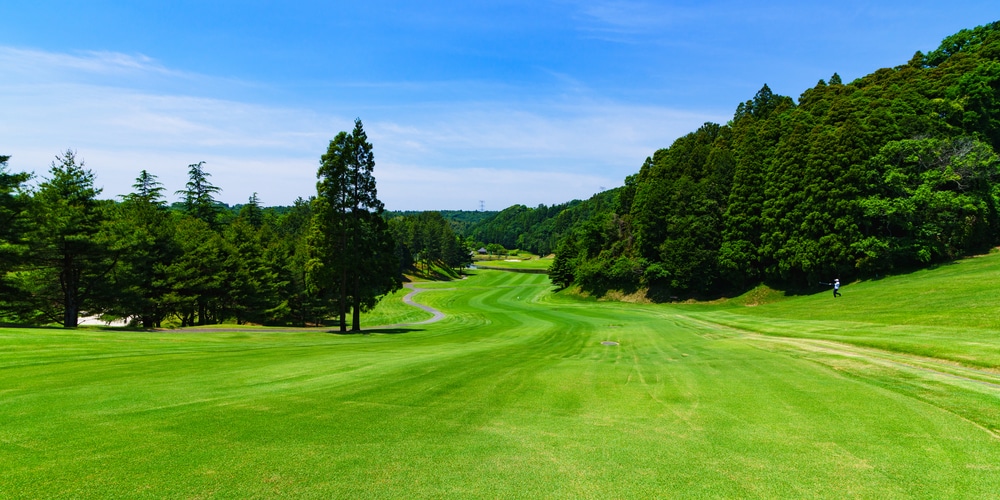Illinois predominantly nurtures cool-season grasses due to its climate, which includes cold winters and mild to warm summers. These grasses, such as Kentucky bluegrass and tall fescue, thrive in the cooler temperatures of spring and fall, making them a common choice for Illinois homeowners.
Despite this preference, the state’s southern regions can also support warm-season grasses, which peak in growth during the hotter summer months. Warm-season varieties like Zoysiagrass are less common but can be found in these warmer areas. While cool-season grasses are generally more versatile in Illinois’s varying climate, warm-season species may demand less water, making them a practical choice given the right environmental conditions.
Climate Zones of Illinois
The climate zones in Illinois play a significant role in determining whether warm-season or cool-season grasses are best suited for your lawn or agricultural projects.
Understanding USDA Hardiness Zones
In Illinois, the USDA Hardiness Zones range mostly from 5a to 7a. This classification helps you understand the minimum temperatures a region can experience, hence guiding your choice of plants. For example, Zone 5a has minimum temperatures as low as -20 to -15 degrees Fahrenheit, while Zone 7a experiences lows of 0 to 5 degrees Fahrenheit.
Distribution of Warm and Cool Season Grasses
When you’re selecting grass for your lawn, knowing the difference between warm and cool season grasses is crucial.
Warm-season grasses perform well in southern Illinois, thriving in times of higher temperatures and light. Conversely, cool-season grasses are well adapted to most of the state, given their tolerance to frost and cooler temperatures, which are typical of the northern and central regions.
When Cool Season Grasses are Best
In Illinois, your lawn’s success hinges on choosing the right type of grass, and for most of the state, cool-season grasses reign supreme.
These grasses thrive in the cooler temperatures of spring and fall and maintain their lush, vibrant green even during the mild summers and colder winters characteristic of Illinois.
Cool-season grasses demonstrate several key strengths over when the temperatures dip:
- Frost Tolerance: Your lawn will endure the chilly nights better with a cool-season variety, as these grasses can tolerate frost and low light conditions.
- Energy Efficiency: These grasses utilize a C3 photosynthetic pathway, which is more energy-efficient in cooler climates.
- Water Requirements: In comparison to their warm-season counterparts, cool-season grasses require less water during peak summer heat, pairing well with Illinois’ sometimes unpredictable precipitation.
For optimal growth, aim to plant cool-season grasses in the early fall, which provides a window for establishing root systems before winter.
Common cool-season grasses for your Illinois lawn include:
- Kentucky Bluegrass
- Perennial Ryegrass
- Fine Fescues
Should you reside in southern Illinois, your options widen, with some warmer-season grasses also viable. However, the reliability and resilience of cool-season varieties often make them the preferable choice across the state.
Remember to water consistently during establishment and to follow proper lawn maintenance practices to ensure a lush, green yard.
When to Plant Warm Season Grasses
In Illinois, timing is critical for the successful establishment of warm season grasses.
These grasses thrive in warm temperatures and are typically planted once the threat of frost has passed and the soil has warmed up.
Optimal Planting Window:
For central Illinois, you should aim to plant from mid-April to June 5, while in southern Illinois, the window moves slightly earlier, from early April until June 1.
Soil Temperature:
Plant when the surface soil temperature consistently reaches at least 55°F to 65°F. This ensures that the seeds have a warm enough environment to germinate effectively.
Getting Started:
- Prepare your soil by clearing away any debris and weeds.
- Test the soil to ensure it has the right pH and nutrient levels.
- Choose high-quality seeds or cultivars suited for the Illinois climate.
Planting methods can vary, so select the one that best suits your situation.
For example, using a seed drill can help you plant the seeds at the correct depth, about 1/4 inch. Applying the right amount of seed — roughly seven to ten pounds per acre — will help establish a dense, vigorous stand of grass.
Remember, warm season grasses are not just for lawns but also play an important role in supporting local ecosystems. Hence, selecting the right time and method for planting these grasses can ensure their health and contribute to a more biodiverse environment.
Grass Selection and Lawn Care Tips
Selecting the appropriate grass type for your Illinois lawn and understanding proper maintenance practices are fundamental to achieving a healthy and attractive lawn.
Choosing the Right Grass for Your Lawn
In Illinois, your choice of grass seed is crucial as it determines how well your lawn will fare through the seasons.
Cool-season grasses prevail here due to their resilience in the state’s climate. Kentucky bluegrass, for instance, is favored for its durability and ability to form a dense lawn. Perennial ryegrass, lauded for quick germination and fine fescues, known for their low maintenance, are excellent choices too.
If you’re located in southern Illinois, consider Zoysiagrass, which thrives in warmer conditions.
Choosing the Best Grass:
- Kentucky Bluegrass: Durable, dense, ideal for cooler climates.
- Perennial Ryegrass: Quick germination, fine texture.
- Fine Fescues: Shade tolerant, low maintenance.
- Zoysiagrass: Heat-tolerant, suitable for southern Illinois.
Maintenance and Seasonal Care
Once you’ve chosen the right grass type, maintaining your lawn through the seasons is your next step.
For cool-season grasses, fall fertilization is recommended to prepare your lawn for winter and promote root growth. When it comes to mowing, maintain a height of about 2.5 to 3 inches to protect against pests and diseases and to shade the soil, reducing weed growth.
Perfect timing for planting grass seed is crucial.
The ideal time to plant grass seed in Illinois is early fall when soil temperatures are warm, and moisture levels are conducive to germination.
Seasonal Lawn Care Tips:
- Fall: Fertilize and overseed if needed.
- Spring: Address bare spots, aerate if necessary.
- Summer: Water deeply but infrequently to encourage deep root systems.
- Winter: Minimize traffic on dormant grass to prevent damage.
Frequently Asked Questions
Understand the nuances of lawn care in Illinois by exploring these frequently asked questions. Each question aims to guide you in nurturing a thriving lawn that complements local climate patterns.
What types of grass seed are best suited for the climate in Illinois?
Illinois has a unique position that allows for both cool-season and warm-season grasses to thrive. Cool-season grasses like Kentucky bluegrass and fescue perform well for most of the state.
How can I determine if my lawn consists of warm-season or cool-season grass varieties?
Inspect the growth patterns of your lawn. Warm-season grasses peak in growth during summer, while cool-season grasses grow vigorously in spring and fall.
What is the optimal time of year to plant grass seed in Illinois?
The best times for planting grass seed in Illinois are during the spring or fall. This allows cool-season grasses to establish themselves during moderate temperatures and adequate rainfall.
Which grass varieties are native to Illinois and adapt well to its weather conditions?
Native grasses such as prairie dropseed and little bluestem are well-suited to Illinois weather, offering both ecological benefits and a hardy nature for local landscapes.
Are cool-season grasses predominant in Illinois compared to warm-season grasses?
Yes, cool-season grasses are more common in Illinois lawns.
They provide a longer green period throughout the varying seasons, especially in the northern parts of the state.
What considerations should be taken when overseeding a lawn in Illinois?
When overseeding, choose the right time—preferably early fall. Select a grass variety that matches your existing lawn.
Consider the soil conditions and provide adequate water to ensure successful germination and growth.
Last update on 2025-04-19 / Affiliate links / Images from Amazon Product Advertising API





